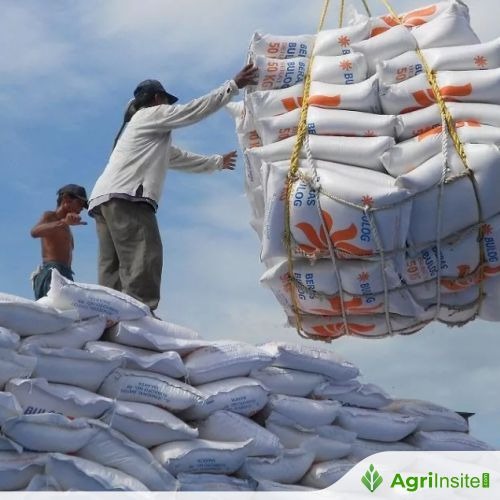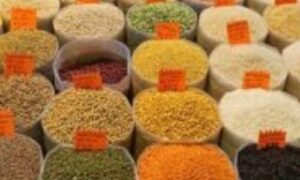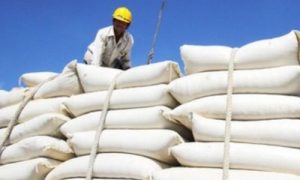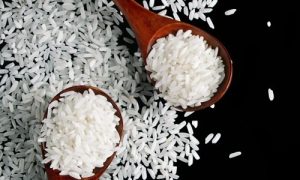Bangladesh : Rice imports go up to build contingency stock

Rice imports into Bangladesh surged 8,133% in value to $148.2 million in July–September 2025, driven by sharply lower Indian export prices after New Delhi lifted restrictions. Despite approval for 500,000 tonnes, about 400,000 tonnes arrived. The government aims to stabilise prices, boost stocks, and plans further imports during the Aman season.
Bangladesh ramps up rice import to build a contingency stock with the buys having soared over 8,133 per cent in value during the first quarter of the current fiscal year, statistics show.
Officials say the import spree is driven by a sharp fall in international prices of the staple, particularly in neighbouring India.
Bangladesh Bank data released last week show that rice imports jumped to US$148.2 million between July and September 2025, compared with just $1.8 million in the same period a year earlier.
People familiar with the matter told the FE that Indian export prices remained significantly lower since New Delhi withdrew its export restrictions in 2024, prompting local traders to move quickly to exploit the price gap.
Parboiled rice with 5.0-percent broken grains was offered by Indian exporters at around $375 a tonne (fob), or roughly Tk 46 a kilogramme (kg), based on an exchange rate of Tk123 per dollar-about 30-percent cheaper than in 2024.
The Ministry of Food earlier approved the import of 500,000 tonnes of rice by 242 private traders to ease domestic price pressures and stabilise a market that had shown signs of volatility.
Of the approved volume, 461,000 tonnes were parboiled rice and 39,000 tonnes white rice, with all consignments required to contain not more than 5.0-percent broken grains.
Ministry officials say not all approved shipments have arrived, as many importers later lost interest. An estimated 400,000 out of 500,000 tonnes had landed by the end of September, according to official assessments.
“Not all imports came because the country had a strong Boro harvest this year,” a senior Food Ministry official says.
The interim government moved quickly to approve rice import after prices of the staple began to rise after the Boro harvest.
The official says that the timely decision by the government helped ease pressure on the domestic market and stabilise its retail prices.
Rice is the most sensitive commodity in the country, consumed by every household.
Any increase in its prices immediately reflects in monthly inflation data, given its dominant weight in the CPI basket.
The food official says that the deadline, however, for selling imported rice on the domestic market has been extended until 30 November after many traders failed to meet the previous September-30 cutoff time.
Under binding terms of the import permission importers must sell rice in its original packaging and report stock, storage and distribution details to district food controllers to prevent rebranding or hoarding.
“Cheaper international prices have created strong margins for traders, prompting faster import from India,” one senior official at the DG Food says, wishing anonymity
Global rice prices have softened sharply following India’s withdrawal of export controls and record harvests across Asia region. Benchmark prices have fallen by about 35 per cent over the past year and are expected to continue easing through 2025 before stabilising in 2026, according to international market forecasts.
Despite the surge in private imports, domestic retail prices have remained more or less stable so far, says a DG Food official at its procurement wing.
The food department is targeting domestic procurement of 450,000 tonnes of rice and 50,000 tonnes of paddy during the Aman season, and plans to import a further 700,000 tonnes on government account to bolster public stocks.
To Read more about Rice News continue reading Agriinsite.com
Source : The Financial Express















